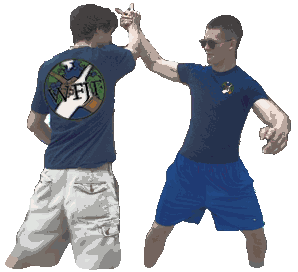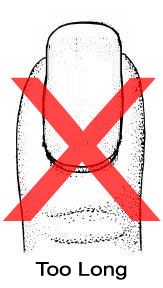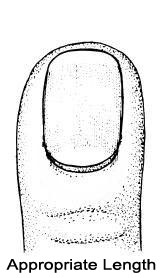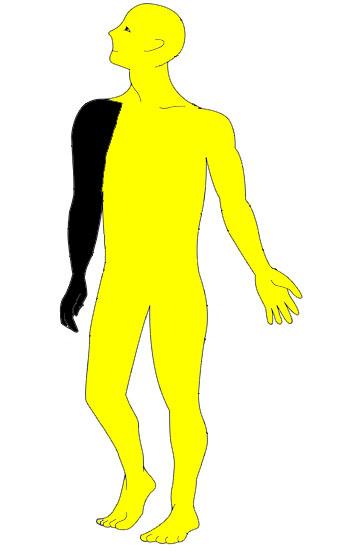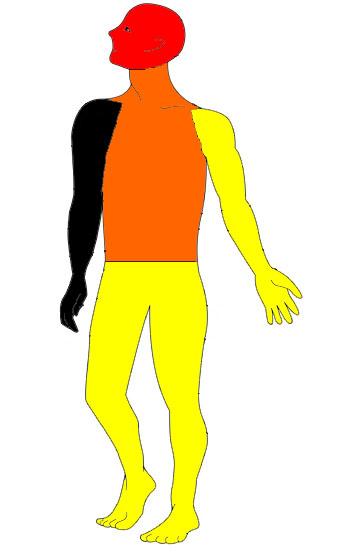
 |
| |
| |
| |
| |
| |
| |
| |
| |
| |
The
Abridged Rules and History of Finger Jousting The abridged set of rules, corresponding to the competing in the sport of finger jousting, has been formulated and authorized by the World Finger Jousting Federation as an official abridged list of regulations. It has been simplified from its original form to constitute an easier understanding of finger jousting for members and non-members alike. All competitors and officials must abide wholly to all overt and implied standards. If a major breach in the regulations occurs during a match, then the competition becomes null and void. The rules can not be amended unless under majority consent of the World Finger Jousting Federation hierarchy. A current copy of the current unabridged rules and regulations can be found in the links at the bottom of this webpage. Any modifying or altering of the rules by an outside party is illegal. Background Information Finger jousting is a sport where two consenting players square off in an attempt to prod their opponent with their lancing (right) index finger before the opposing player can. The competitors must keep their right hands locked in an arm wrestling fashion and not use their legs or latent (left) arm in an offensive manner. The competitors are known as jousters, and the act of touching the other person’s body with the index finger is known as lancing. A player can lance anywhere except the lancing (right) arm. There are two different yet related forms of finger jousting. One is quick play and the other is point play. Quick play is typically used for leisurely matches and when time is short. Point play is used mostly in tournaments and practices for tournaments. History The origin of finger jousting is clouded under mystery. Some historians believe that the sport was founded by the ancient Israelites who referred to it as finger spearing. The texts that support this theory are contained in the Book of Phalanges, an apocryphal manuscript that was almost included in the Bible at Nicaea. This origin theory is referred to as the pseudo history. All historians, however, can agree that finger jousting took on its modern form during the 1970s. The biggest event in the modern history of finger jousting was our organization’s founding on August 1, 2005. 4 Quadrants Traditionally, there are four equally important elements that form the basic skills of finger jousting. Their formally referred to as the quadrants of finger jousting. They are quickness, strength, technique, and tradition*. A jouster who is skilled in each quadrant will be a well rounded player. Most of the time a jouster can not rely on one quadrant, though some competitors who are exceptional in one quadrant can be amazing finger jousters. The four quadrants were religiously taught in the past, but are slowly being replaced by the five elements of victory (EOVs). We at the WFJF still value the four quadrants for their historical significance from the Book of Phalanges and regard them as a fundamental part of finger jousting. *Tradition is sometimes described synonymously with practice. Code of Conduct Respect - Always honor the outcome of a match. Without personal integrity the WFJF would cease to exist. Respect also includes not intentionally aiming for the groin. Decorum - Do not use profane or lewd speech before, during, or after the match. Remember every time a member jousts, he/she is acting as an ambassador of the WFJF. Indisturbance - Avoid disquieting surrounding bystanders and inanimate objects while leisure jousting. Do not engage in finger jousting matches at inappropriate settings or during inappropriate times. Manicure - Taking care of your fingernails is a sign of respect for your opponent and shows an interest in maintaining a healthy body. The diagrams below may be clicked on to show larger versions. Fundamentals To begin a game you need two opponents and a reason for the duel such as spoils or honor. Once the players are ready to begin, they face each other and execute a gesture of good disposition. This may include but is not limited to handshakes, bows, head nods, or man hugs. Then the jousters grasp their opponent’s right hand with their right hand similar to if they were arm wrestling. The match begins once the index finger of each person’s right hand has been extended or when a mediator gives the signal. Once the match begins, the jousters are not to separate their hands. If a separation occurs, the person whose fault it is gets a warning. If it happens again then the player will either receive another warning (if a quick play game is being played) or lose a point (if a point play match is being played). For the third offense, it is an automatic disqualification. If both jousters cause the separation, then no penalty ensues, and a new round begins. The jousters are allowed to use any sort of technique to touch their pointed right index finger against their opponent. However, the jousters are not allowed to use their feet or latent (left) arm in an offensive manner; they may only be used for dodging and stability. To aid in concentration for lancing, many jousters practice meditation techniques before the match. Matches consist of three rounds of two minutes in length. Rounds are paused when a point is made or a violation (such as a hand disconnection) transpires. After a round, the players can rest for sixty seconds. Then the jousters must return to the ready position to begin the next round. Matches are played until the point total has been reached by a player or until the third round is over. If the competitors are tied, an overtime round of one minute in length will occur; if the competitors are still tied, then a thirty second double overtime round will occur; and other rules exist for cases beyond the double overtime tie. After the actual jousting is over, both players should execute another gesture of good disposition. If a mediator is present, then the winner is proclaimed vocally and with the mediator holding each opponent’s arm and lifting the winner’s. After the match is over, the original deal set before the match (if a spoils decision was made) should be followed through. Competitors must remain civil and maintain decency following the decision. The winner can always resolve differences by offering to pay the tip at a restaurant, play a new game like bingo, or proclaim the awesomeness of a move performed during the match. Quick Play Rules In quick play, any legal spot on the body counts as one point. A quick play match is usually played to one point, but can be played to any ascending odd number of points if agreed on before the match begins. In the diagram below, yellow means one point and black means penalty. Clicking on the diagram will allow you to see a larger version of it. Point Play Rules In point play, different parts of the body count for different amounts of points. The legs and latent arm count as one point. The chest, back, and neck count as two points. The head counts as three points. Point play matches are played to six for tournaments, but when playing leisurely any number above two is allowed. In the diagram below, yellow means one point, orange means two points, red means three points, and black means penalty. Clicking on the diagram will allow you to see a larger version of it.
|
